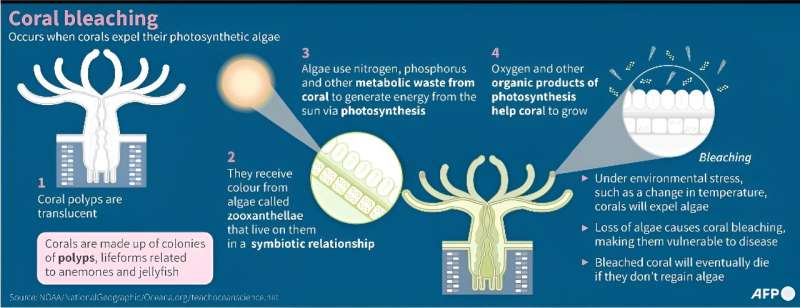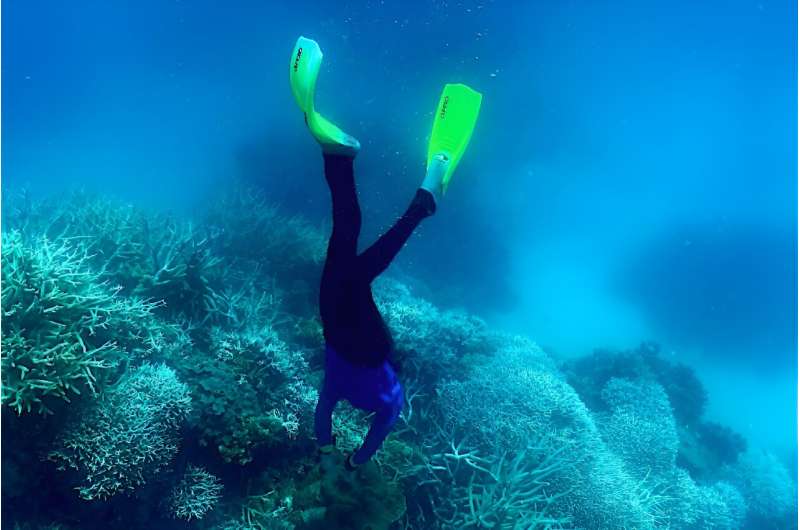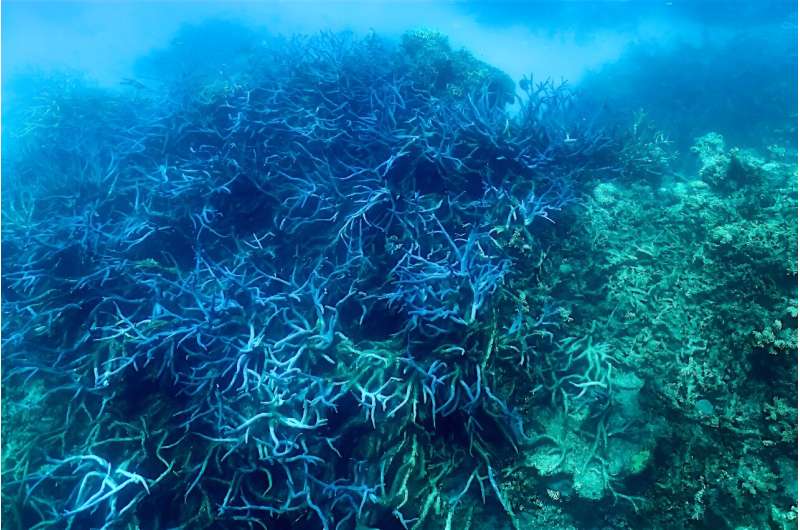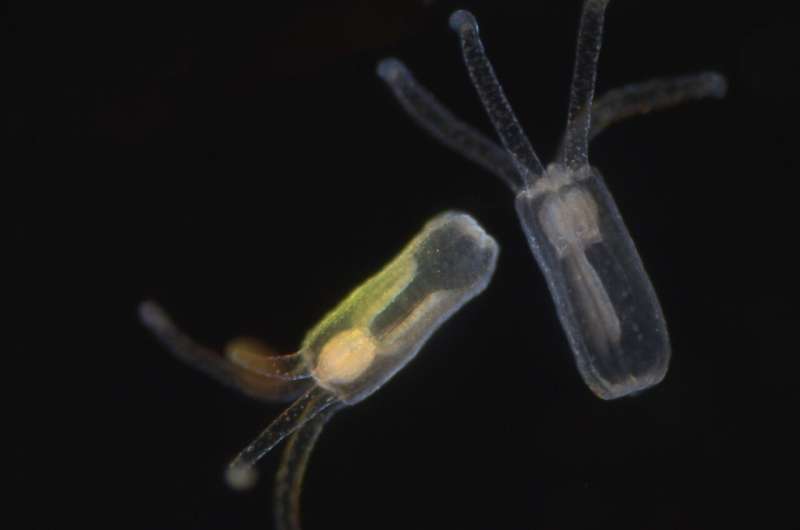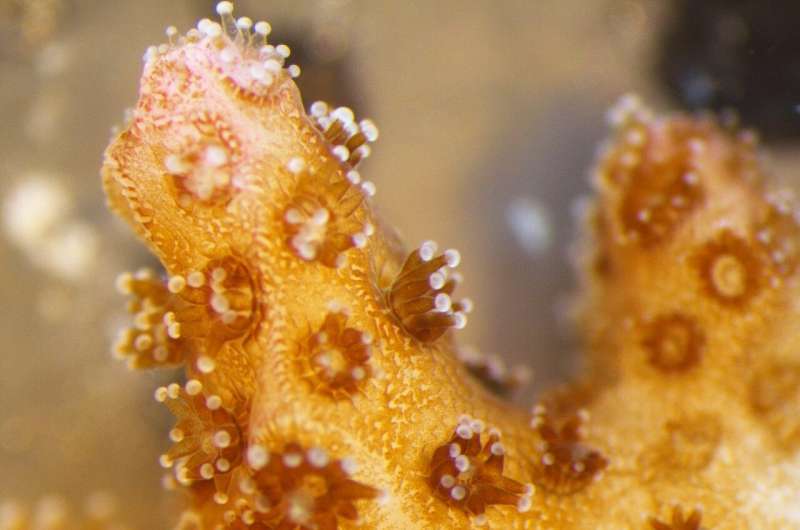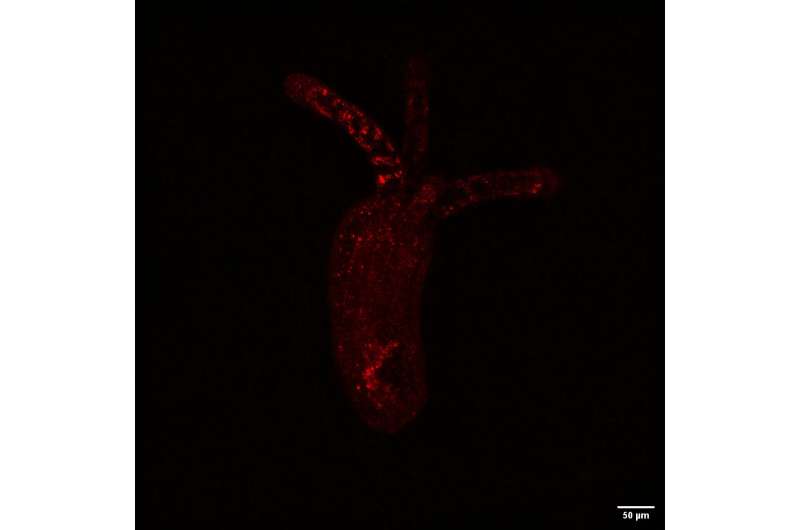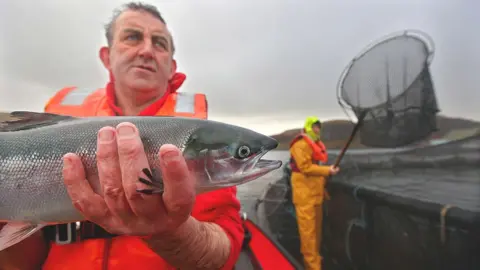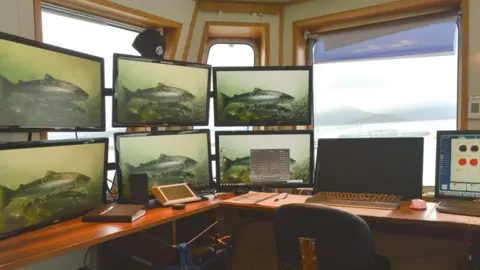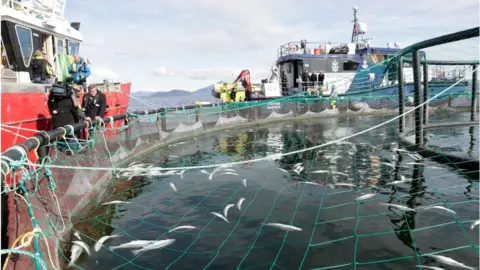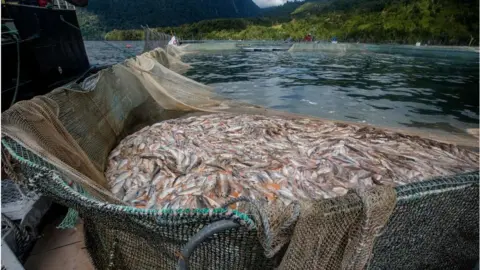AI predicts healthiness of food menus and highlights ‘double burden’ of unhealthy food environment in deprived areas
Scientists at the University of Cambridge have used artificial intelligence to predict the healthiness of cafe, takeaway and restaurant menus at outlets across Britain and used this information to map which of its local authorities have the most and least healthy food environments.
The findings, published in Health & Place, highlight the double burden faced by people living in the most deprived areas, where there tend to be more food outlets per capita – more than double the number in the least deprived areas – and these outlets tend to be less healthy.
‘Out-of-home’ food – whether that’s food eaten in a pub, café or restaurant or takeaway food – is an increasing part of how many people eat. But this food tends to be higher in calories, saturated fat and salt, and less nutritious than food prepared at home.
Studies have shown consistently that the more an individual eats food out of home – especially fast food – the poorer the quality of their diet and the higher their body weight. In the UK, there also tend to be more fast food outlets in more deprived neighbourhoods.
Not all menus are equal, however – some will be healthier than others – but little is known about whether there are differences between neighbourhoods in the healthiness of out-of-home food outlets.
Yuru Huang, a Gates Cambridge Scholar at the Medical Research Council (MRC) Epidemiology Unit, University of Cambridge, said: “Given the link between the food environment and diet, it’s important to understand how healthy this environment is at a local level. This will empower local authorities to take action to try and improve the consumer food environment.”
To explore this, Huang and colleagues examined menus from almost 55,000 food outlets on Just Eat, an online food ordering and delivery platform. Each outlet’s menu was given a healthiness score of 0-12 (with 12 being the healthiest) based on a number of factors including: the number of special offers (such as meal deals or family meals), desserts, salads, chips, milk, water, and the diversity of vegetables.
As not every food outlet is on Just Eat, the team turned to an artificially-intelligent ‘deep learning’ model, trained on a subset of Just Eat data, to predict menu healthiness of every out-of-home food outlet in Britain – a total of almost 180,000 outlets. These outlets were classified into four categories:
- cafes, snack bars, and tea rooms
- fast food and takeaways
- pubs, bars, and inns
- restaurants
The only information available for all out-of-home food outlets were the outlets’ names and hygiene ratings. When the team tested their model, they found that the outlet’s name was the best at predicting the healthiness of its menu.
While the complexities of menu healthiness cannot be accurately captured by name only, the researchers validated their results against a different set of test data from Just Eat to that used in the model training, and against real menus from outlets in Cambridge and Peterborough to demonstrate that the model works.
Restaurants were found, on average, to have the healthiest menus, followed by: cafes, snack bars, and tea rooms; pubs, bars, and inns; and lastly fast food and takeaways.
The team used geographical data to map the food outlets, summarising the average menu healthiness of all out-of-home food outlets at the local authority level. Local authority districts with the highest menu healthiness scores included City of London, Kensington and Chelsea, and Westminster. The local authority districts with the lowest menu healthiness scores were Northeast Lincolnshire, Luton, and Kingston upon Hull.
The researchers found that, in general, the higher the level of deprivation in an area, the lower the average menu healthiness across its out-of-home food outlets – and all four categories of food outlets tended to be less healthy in more deprived areas.
Not only that, but out-of-home food outlets also tended to cluster in more deprived areas. In the most deprived areas, there were 8.39 food outlets per 1,000-3,000 people, compared to just 3.85 in the least deprived areas.
Huang said: “There’s a clear pattern between the healthiness of menus at out-of-home food outlets in an area and its level of deprivation. This can create a ‘double burden’ for people living in deprived neighbourhoods, where there are more outlets and these tend to be less healthy, compared to less deprived neighbourhoods.
“On top of this, there are studies that show, for example, that people with the lowest income were more likely to be obese when living in areas with a high proportion of fast-food outlets. This could even create a ‘triple burden’ for people living in these areas.”
The researchers acknowledge that the menu healthiness score does not capture the intricate nuances of the menu, such as portion size, cooking methods, and levels of food processing. This could be important, as interventions such as healthy catering awards introduced by local government focus on aspects like smaller portion sizes, reducing salt, and switching cooking oils.
This work was supported by the Medical Research Council and Gates Cambridge.
Reference
Huang, Y et al. Assessing the healthiness of menus of all out-of-home food outlets and its socioeconomic patterns in Great Britain. Health & Place; 5 Dec 2023 ; DOI: 10.1016/j.healthplace.2023.103146
JOURNAL
Health & Place
METHOD OF RESEARCH
Data/statistical analysis
ARTICLE TITLE
Assessing the healthiness of menus of all out-of-home food outlets and its socioeconomic patterns in Great Britain
